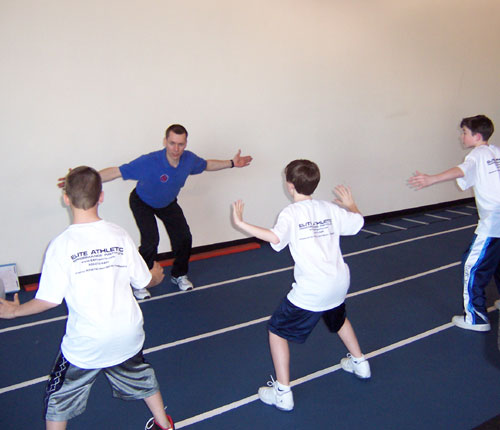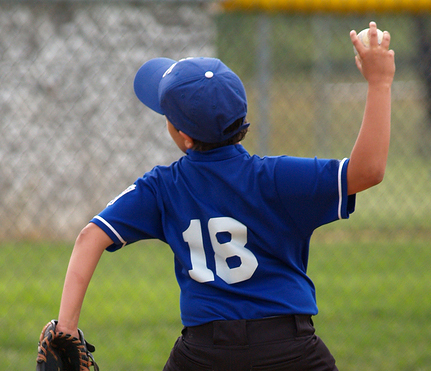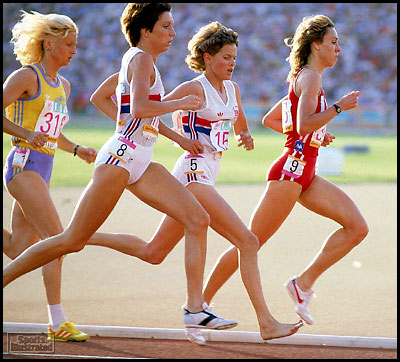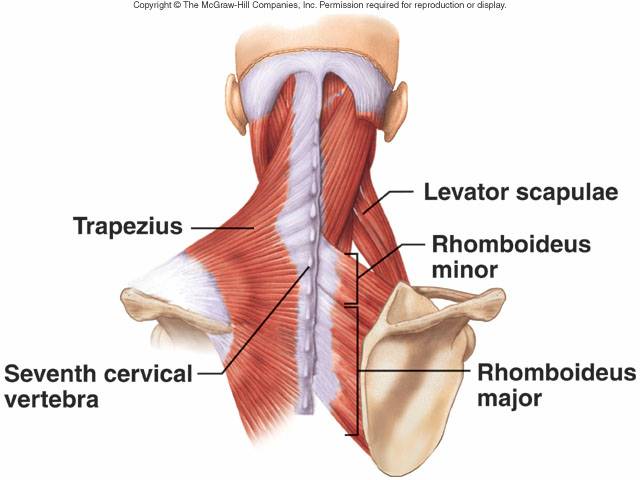 How to build a successful Youth Conditioning Program by Discover Movement (First published in Athletic Business magazine)
How to build a successful Youth Conditioning Program by Discover Movement (First published in Athletic Business magazine)
Athletes First, Players Second
Coaches are often tempted to teach and practice game-specific skills more than general athletic skills, since game-specific skills are the ones that eventually determine which team wins and which loses. Limited training time and people's high expectations of success can also lead to this exaggerated emphasis on developing sport-specific skills. Development of general athletic skills, such as jumping, landing, skipping, lunging, twisting and hopping lay the foundation for game-specific skills and is vital to becoming a healthy and successful athlete. Narrowing the variety of movement skills before the athletic foundation has been laid can risk a child's long-term development and suffocate his or her true potential.
 An Age-Sensitive Approach
An Age-Sensitive Approach
Coordination, balance, speed, flexibility, agility, strength and endurance are all important components of human movement and sport performance. The different stages of a child's growth and development determine which motor skills should be emphasized in training programs. For example, speed and agility progress optimally during the "skill hungry" years of 8 to 12, whereas strength and endurance become important in subsequent years. A 10-year-old boy is at his peak period to enhance acceleration speed and change of direction through games like tag or short shuttle runs. Drills that incorporate multidirectional hops on a single leg are well absorbed by children age 8 to 12.
You can read the whole Discover Movement Youth Conditioning article here.
The best picks on Youth Conditioning this week:
1. This article is from from Brian Grasso's (IYCA) blog entry.
"Why are high speed running treadmills NOT recommended for training young athletes?"
Read more arguments at:
http://iyca.org/wordpress/the-myth-of-speed-training

2. From the Little Leagues to the Big Leagues? Nope
The following is an excerpt from Eric Cressey's blog, written by Matt Blake and discusses why only three pitchers from Little League World Series has made it into Big Leagues...
Issue #1 - These players are not skeletally mature to handle the amount of stress placed on their bodies, so they will probably turn up with more overuse injuries in their teen years that have been accumulating due to the high demand from 9-12.
Issue #2 - This could be a simple timing of maturation. A lot of the dominant players are taller, weigh more, throw harder and have probably entered certain stages of maturation quicker than their peers. This doesn’t necessarily mean they’ll be ahead of their peers at 13-15 or even 16-18; it just means that at the age (11-12) we happen to televise, they were more developed. There are at least six more years before this player can even think about playing professionally, so a lot of things can happen to level out the playing field.
Issue #3 - There’s a good chance the amount of repetition that these players have put in at an early age could lead to “burnout” down the road or a feeling of satisfaction and less of a demand to work hard, because everything came to the player so easily at a young age. This game will eat you up if you don’t continue to get quality repetition over the long haul.
Read the whole article here.






